How to Plan a Snowmelt Garden: Early Blooms and Smart Water Use
Before the ground fully thaws, your snowmelt garden can be alive with color. Follow this guide to planting, soil preparation, and water management for spectacular early results.
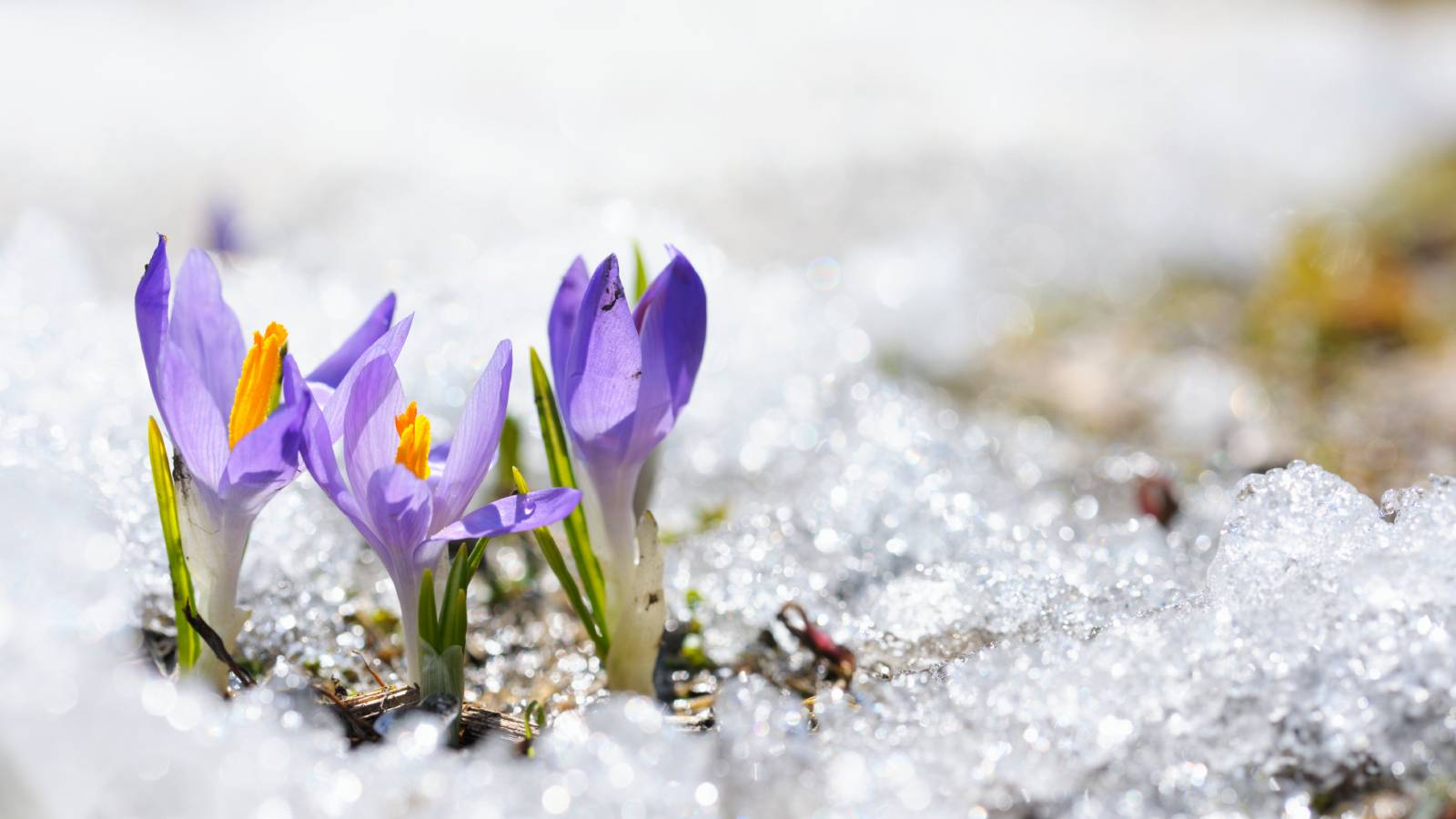
- What Is a Snowmelt Garden?
- Understanding the Site: Snow Patterns and Microclimates
- Plants for Snowmelt Gardens
- Early Bloomers and Emergers
- Cold-Tolerant Foliage Plants
- Moisture-Loving or Drainage-Tolerant Plants
- Design Strategies for Snowmelt Gardens
- Water Management and Sustainability
- Year-Round Integration

Snowmelt gardens catch the first spring thaw, bursting with early blooms. They harness snowmelt runoff to kickstart the season. Plan them right, and your garden wakes up fast. It’s a clever trick—grab a shovel and start dreaming.
Got snow piling up in your yard? Don’t just wait for spring. A snowmelt garden brings color and life as snow fades. Those early blooms, tough and bright, beat winter’s gloom. That first glimpse of flowers feels like a warm promise.
What is snowmelt? It’s the meltwater from snow that fuels early growth. A snowmelt garden uses this to spark blooms and manage water smartly, and can be useful when considering sustainable gardening. Get it right, and your yard shines before neighbors’ gardens wake.
What Is a Snowmelt Garden?
Snow melting yet? A snowmelt garden uses the first thaw’s moisture and light to spark early blooms. It’s designed for tough plants, early flowers, and smart snowmelt runoff management. Picture blooms shining in early spring. These gardens stretch the season, feed pollinators, and handle water well in snowy regions. That snow’s faint dampness signals spring’s kickoff.
Understanding the Site: Snow Patterns and Microclimates
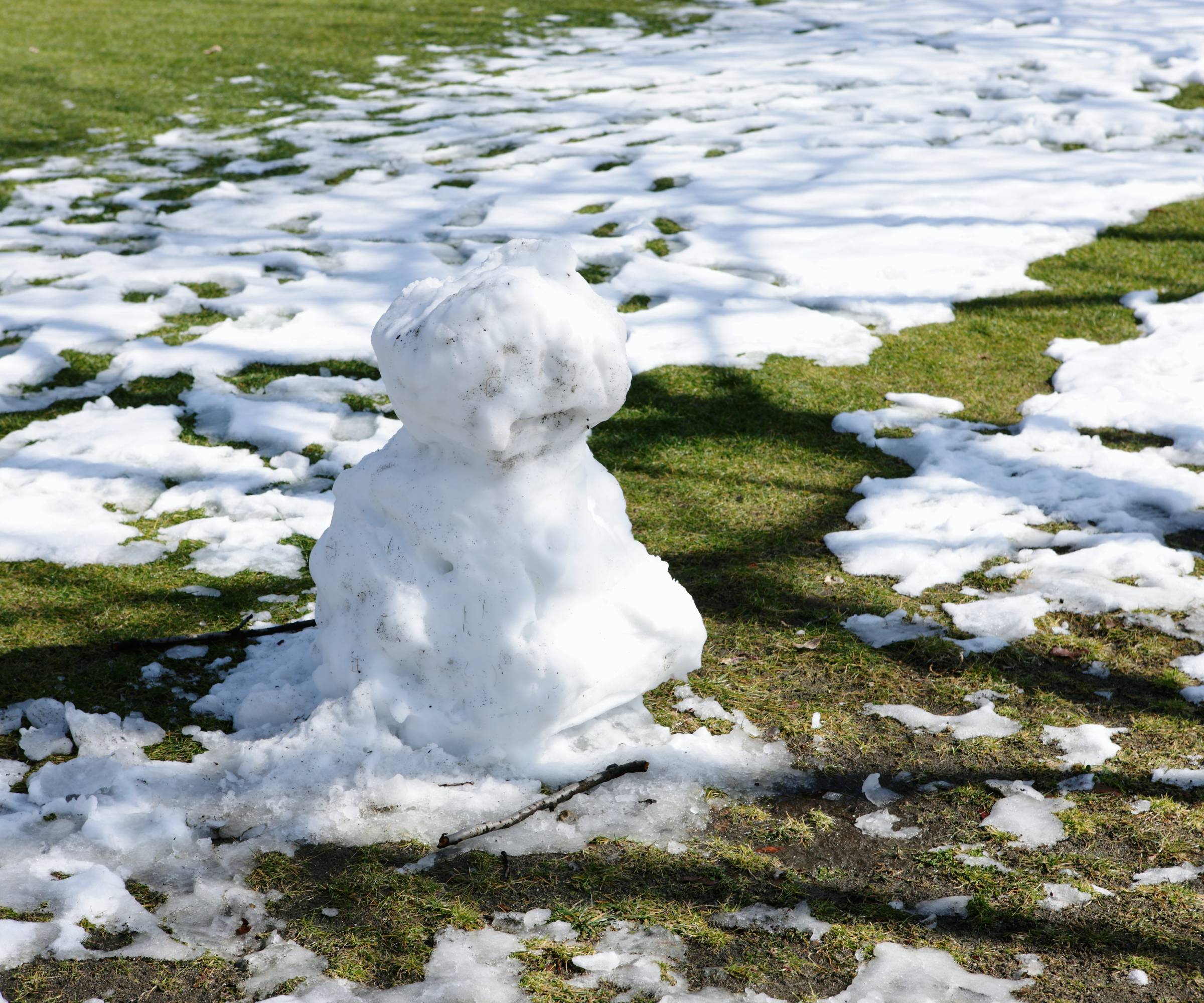
When you’re looking to position a snowmelt garden, start by observing the snow as it melts. Where does it vanish first? Check south-facing slopes, spots near buildings, or under bare trees. These warm up quickest. Note where snow lingers—shady corners or low spots. Mapping snowmelt helps pick the best planting zones. That first bare patch feels like nature’s starting line.
Wet spots swamp most plants, so skip them unless choosing water-tolerant types. Dig a test hole—does water sit or flow away? Well-drained soil suits early bloomers best. That gritty soil guides your plant picks.
You’ll want to spot warm zones for early growth. South-facing walls or stone paths soak up sun. Trees or fences shield tender shoots from biting winds. Rocks and structures make snug spots for plants. That sun-heated stone warmth sets up early blooms.
Sign up for the Gardening Know How newsletter today and receive a free copy of our e-book "How to Grow Delicious Tomatoes".
Plants for Snowmelt Gardens
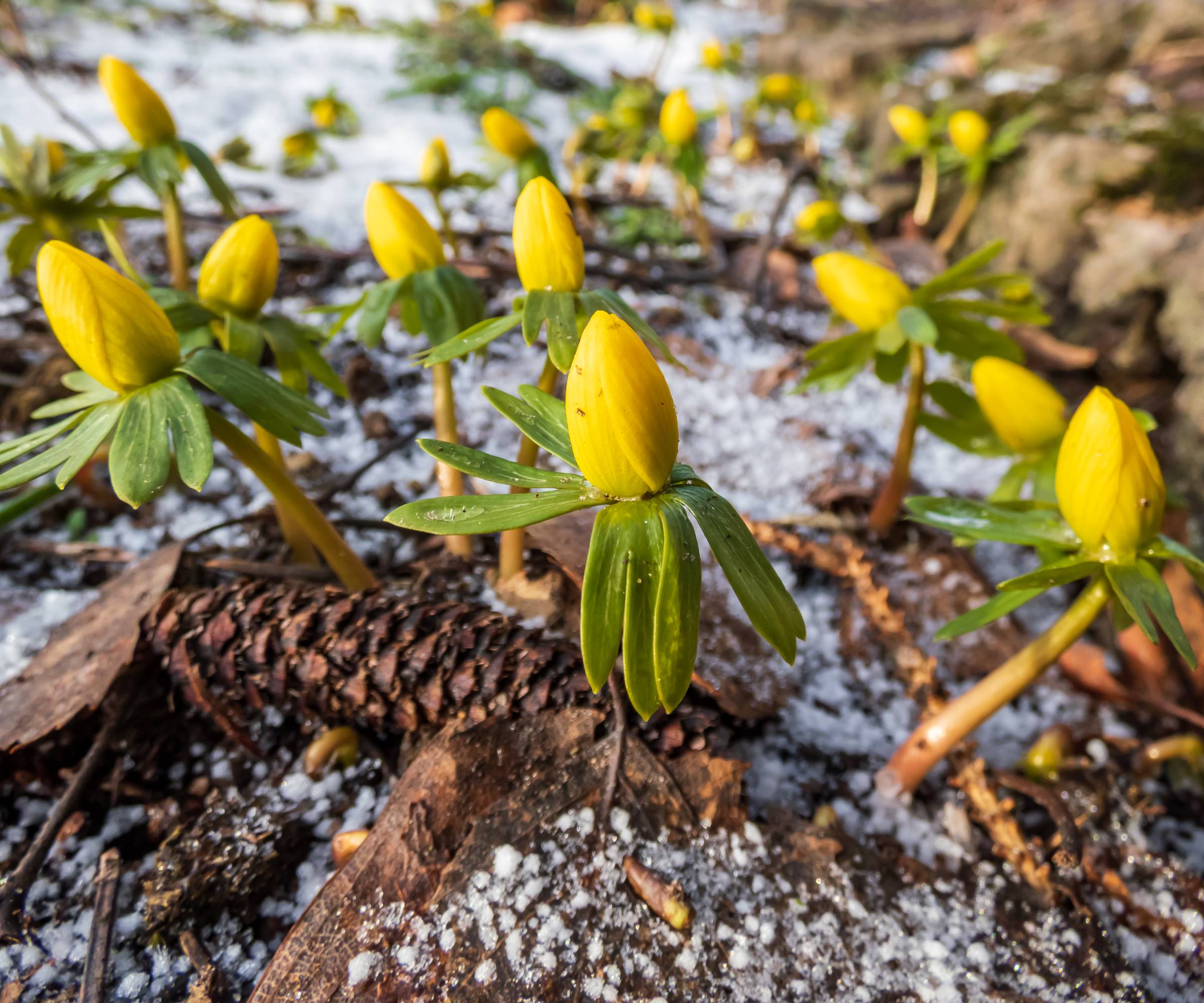
Early Bloomers and Emergers
Plants set for snow? Begin with bulbs—snowdrops, crocus, glory-of-the-snow, winter aconite, early daffodils. They break through as snow fades. Perennials like hellebores, primroses, pasque flower, or early iris bring color. Native ephemerals, like bloodroot, fit if your climate allows. Those small blooms light up bare yards.
Cold-Tolerant Foliage Plants
Choose groundcovers and evergreens that ride out freeze-thaw shifts. Creeping thyme, sedum, moss phlox, or heuchera hold strong. They green up fast, filling gaps between flowers. That tough greenery anchors the garden.
Moisture-Loving or Drainage-Tolerant Plants
Got wet patches from snowmelt? Plant marsh marigold, Siberian iris, or blue flag iris in soggy zones. Cardinal flower blooms later. For drier spots, early bulbs and perennials do well. Those thirsty roots drink up runoff like champs.
Design Strategies for Snowmelt Gardens
Try layering plants for impact by mixing bulbs, low groundcovers, and emerging perennials for nonstop early interest. Winter jasmine leads, then candytuft, with lungwort filling in. This layering keeps the garden lively as snowmelt fades, and the mix of textures looks sharp against bare soil.
Make sure to lay down stepping stones like these pebble pavers from Amazon or edging to keep fragile plants safe from trampling in soggy soil. Gravel or wood chips do just fine. Paths like this roll mat path from from Amazon can save boots and blooms alike. That crunch underfoot feels like spring’s first step.
Spread light mulch—pine needles or shredded leaves like these pine needles from Amazon—to protect plants without burying them. Thick mulch smothers early shoots. Lay it thin, about 1–2 inches (2.5–5 cm). That light cover keeps soil snug but lets flowers push through.
Pick bright flowers—yellow aconite, blue scilla—to pop against bare ground. Blend textures, like fluffy candytuft and smooth lungwort. That mix grabs attention when snow lingers.
Water Management and Sustainability
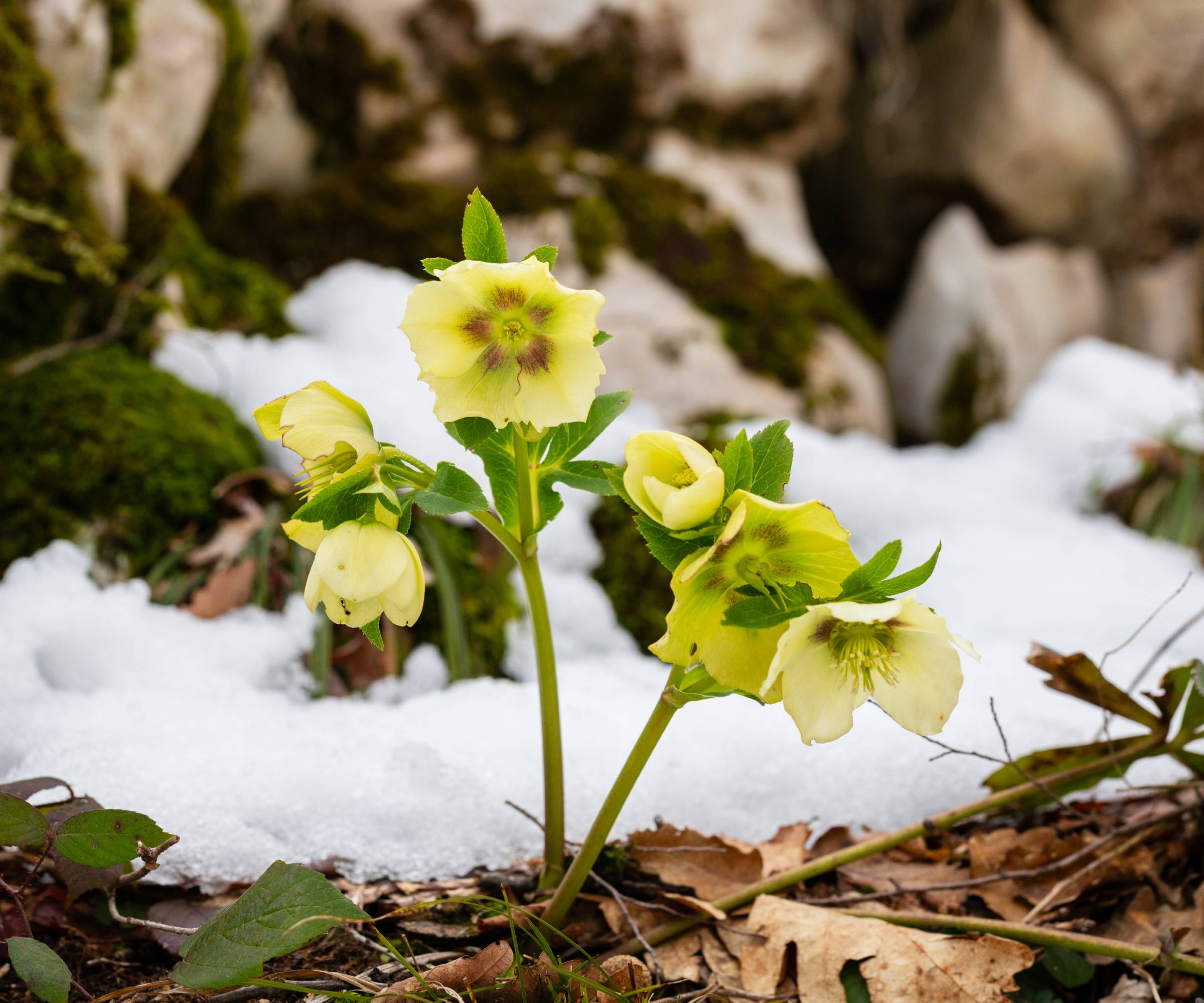
Snowmelt runoff can flood or feed your garden. Shape gentle slopes or swales to guide water to thirsty plants. Rain gardens catch excess flow. Directing runoff smartly saves water and soil. That trickling melt is like nature’s gift.
Reinforce runoff zones with deep-rooted plants like sweet flag or gravel paths. They hold soil against fast snowmelt. Rocks or logs slow water, preventing washouts. That sturdy setup keeps your garden intact.
Lay down gravel, pavers, or mulch to let water seep in slowly. Skip hard surfaces that push runoff away. Permeable paths, like crushed stone, help roots drink. That slow soak makes every drop count.
Year-Round Integration
Snowmelt gardens flow into summer beds with smart choices. Winter jasmine starts early and stays leafy; scilla bloom later. Toss in summer perennials like daylilies for a smooth shift. That seamless look keeps the garden rolling all year.
Remember to support early bees and birds with snowmelt gardens. Winter aconite and scilla feed hungry pollinators when little else blooms. Native ephemerals like trillium draw wildlife. That early buzz of bees feels like spring is here.
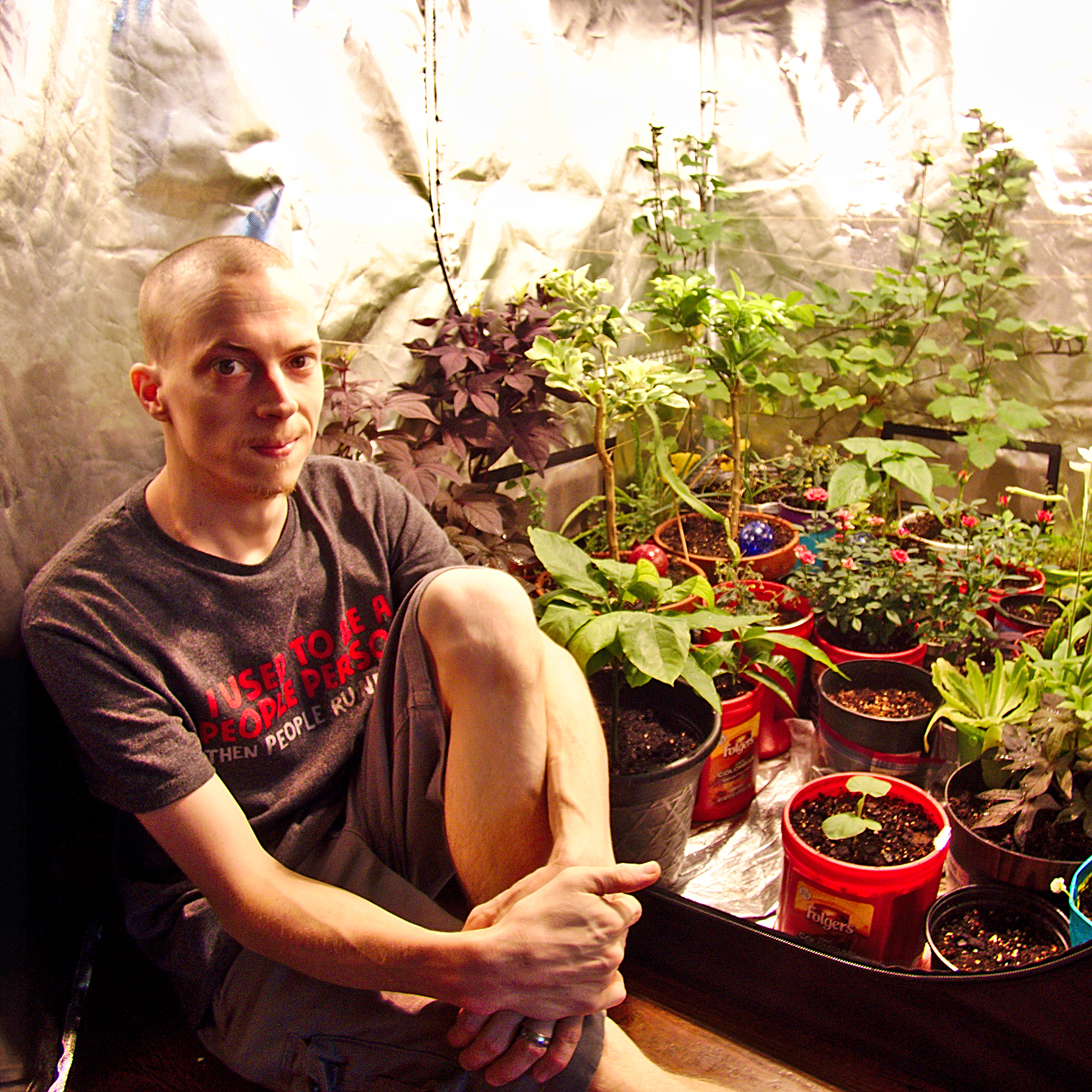
Tyler’s passion began with indoor gardening and deepened as he studied plant-fungi interactions in controlled settings. With a microbiology background focused on fungi, he’s spent over a decade solving tough and intricate gardening problems. After spinal injuries and brain surgery, Tyler’s approach to gardening changed. It became less about the hobby and more about recovery and adapting to physical limits. His growing success shows that disability doesn’t have to stop you from your goals.